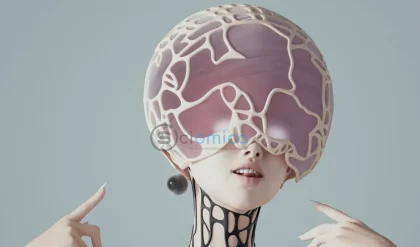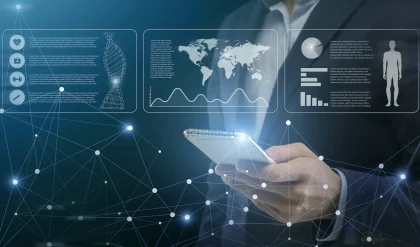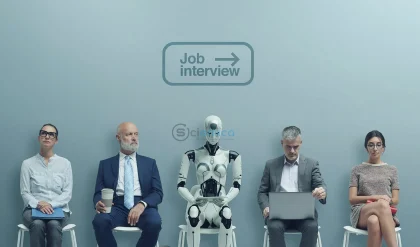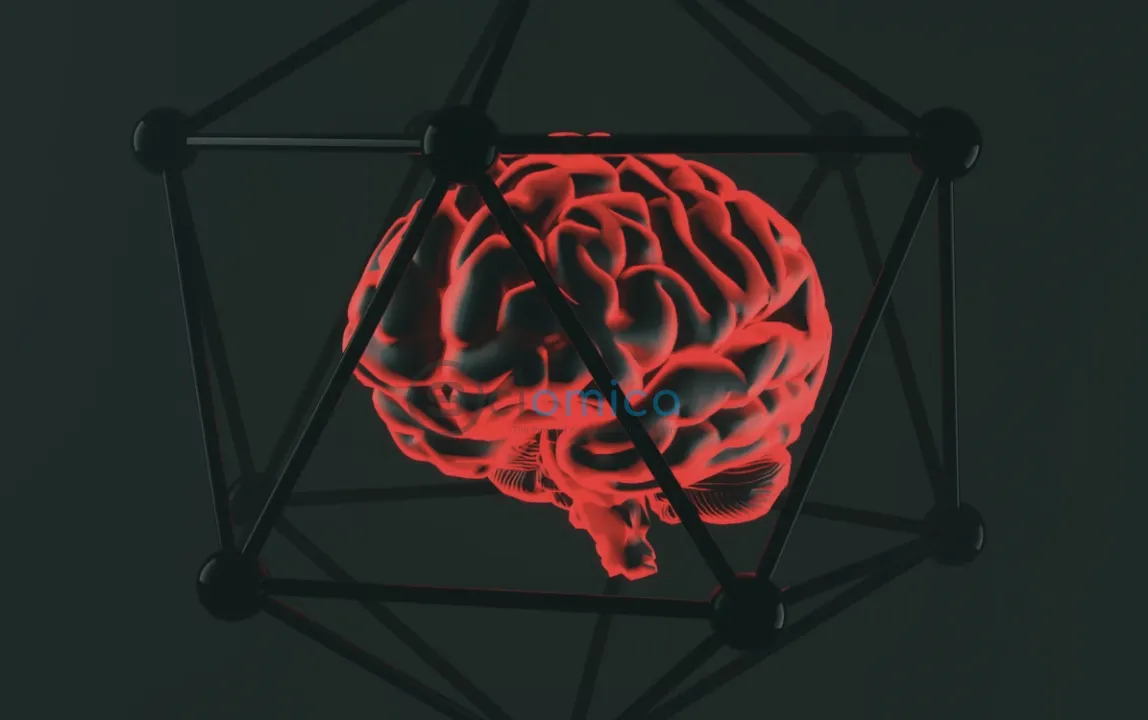
Researchers at the University of Amsterdam have unveiled groundbreaking insights into how the human brain intuitively understands movement within various environments, revealing distinct brain activations linked to this ability. The findings have not only advanced our comprehension of cognitive processes but also highlighted the shortcomings of artificial intelligence (AI) in this area. The study indicates that by integrating this understanding of human brain function, AI systems could become more sustainable and user-friendly.
When observing unfamiliar settings—such as a mountain trail, a bustling street, or a body of water—we instinctively recognize how we can interact with those environments, whether that means walking, biking, swimming, or deciding not to proceed at all. The underlying question, however, is how our brains assess these action opportunities.
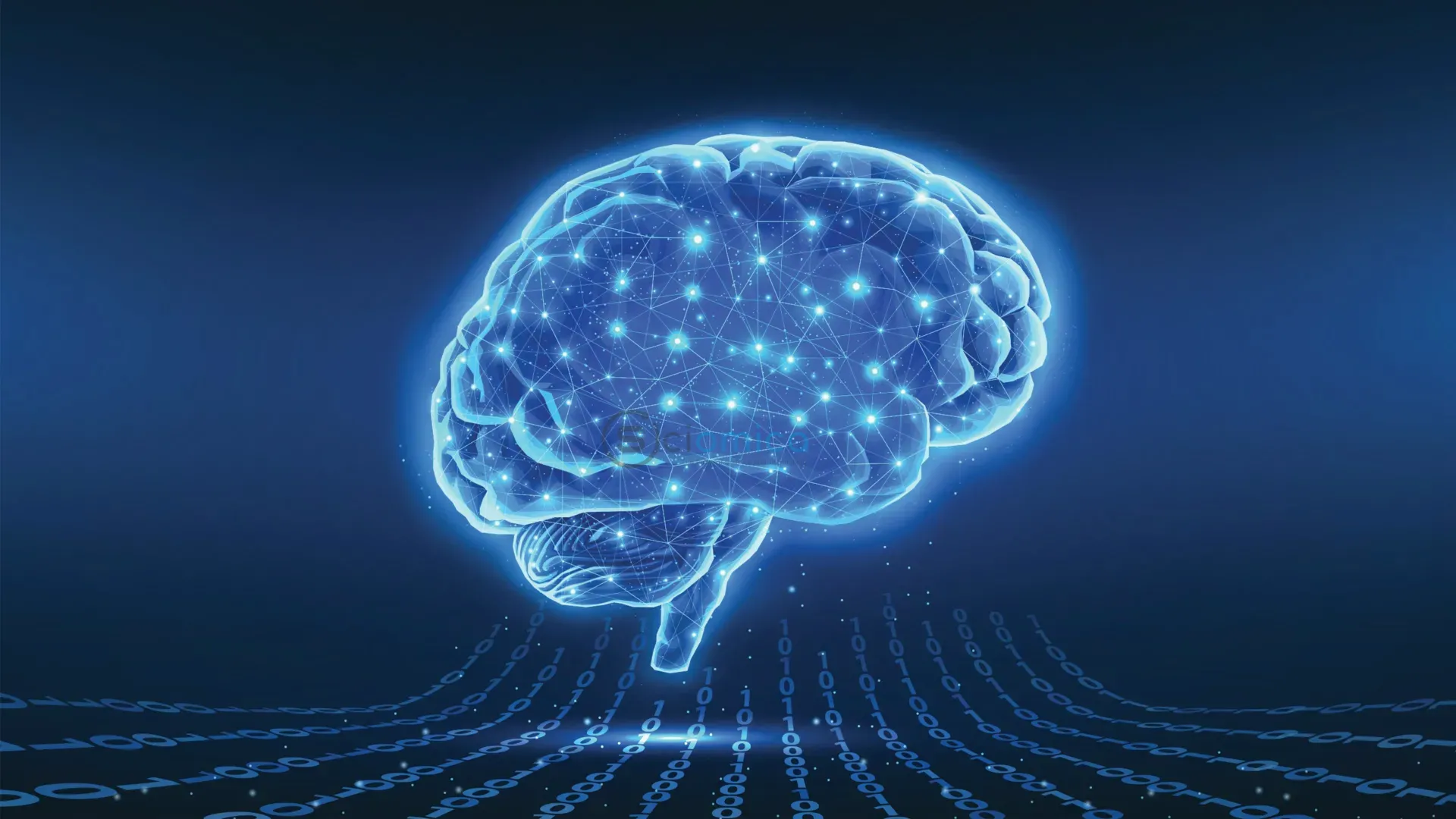
Clemens Bartnik, a PhD candidate, and his colleagues explored this phenomenon by investigating the specific brain patterns that enable such action predictions. Their research, led by computational neuroscientist Iris Groen, compared human capabilities in assessing action possibilities with various AI models, including ChatGPT. The results indicated that AI still has much to learn from human cognitive efficiency.
In their experiments, participants were placed in an MRI scanner while looking at images of various indoor and outdoor scenes. They were instructed to use a button to communicate whether the depicted scene motivated them to engage in actions such as walking, cycling, or climbing. Simultaneously, their brain activity was recorded to see how they processed these visual cues.
Groen explained the focus of their inquiry: they aimed to determine whether individuals primarily discerned visible elements in their surroundings, like objects or colors, or if they also subconsciously perceived available actions. The concept of “affordances”—the potential for action prompted by the environment—was central to this investigation. The researchers found that specific visual cortex regions were activated in ways that could not solely be attributed to visible elements.
“What emerged was remarkable,” Groen noted, “as these brain regions not only reflected what was present visually but also the potential actions those visuals indicated.” Even in the absence of explicit action prompts, the participants’ brains responded automatically to action possibilities, showcasing that such assessments occur without conscious deliberation.
These findings offer significant implications, revealing that affordances represent not merely a psychological idea but also a quantifiable characteristic of brain activity.
In comparing the efficiency of current AI algorithms—such as image recognition systems and GPT-4—the researchers discovered these models struggled to predict possible actions in given environments. While AI could somewhat mimic human judgments with specialized training, the underlying processes of human cognition did not align with the algorithms’ calculations.
Groen noted, “Even the most sophisticated AI models fail to replicate human responses, despite how straightforward this task is for us.” This discrepancy highlights the intrinsic relationship between perception and interaction with the environment—an understanding that AI, existing solely within computational frameworks, lacks.
The implications of this research extend into broader discussions about the development of effective and reliable AI across various fields, from healthcare to robotics. Groen emphasized the necessity for machines to not just recognize objects but also to grasp their functional potential, which is particularly vital in crisis situations or functions like autonomous vehicle navigation.
Moreover, the sustainability aspect of AI development cannot be overlooked. Current training methodologies demand vast energy resources and are predominantly controlled by major tech firms. Insights into rapid and efficient brain function could pave the way for making AI systems smarter, more economical, and aligned with human needs.
Reference:
- Clemens G. Bartnik, Christina Sartzetaki, Abel Puigseslloses Sanchez, Elijah Molenkamp, Steven Bommer, Nikolina Vukšić, Iris I. A. Groen. Representation of locomotive action affordances in human behavior, brains, and deep neural networks. Proceedings of the National Academy of Sciences, 2025; 122 (24) DOI: 10.1073/pnas.2414005122


